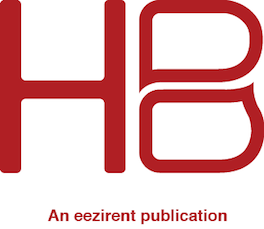
11 Jun How to process a tenant application
Processing an application for your rental property efficiently and thoroughly will help you select the best tenant and also minimise the down time between leases. Honest Broker’s recommended procedure will help you achieve this.
Some basic points
- don’t accept partially completed applications
- insist that every tenant over the age of 18 submits an application and that they be a signatory to the lease
- written references without a telephone number for verification are worthless
Be suspicious if one of the adult tenants is reluctant to submit an application and be on the lease. It may mean they are trying to cover up a bad rental history by avoiding background checks.
The process
Honest Broker recommends that you process the application in this order:
- Identity verification
- Affordability check
- Tenancy database search
- Previous rental history
- Reference check
The Reference Check is the most time consuming, there is no point wasting time on that task if the affordability check shows the applicants can’t even afford the property. Why spend time contacting references if the rental history brings up red flags?
1. Identity verification
Use the standard 100 points of Id system. Ask to sight the originals if possible. Copies should be in colour. You need to cross check signatures between the pieces if ID and the signature on the application form.
2. Affordability check
You will need proof of income in the form of current pay slips and/or Centrelink statements. If the applicant is self-employed a letter from an accountant should be able to be provided.
Then you need to determine if the tenants can afford the property. The rule of thumb is that the rent should be no more than 33% of the total household income. Use this calculation $weekly rent ÷ total income × 100 = %
The higher the % answer is over 33, the greater the chance of the tenant experiencing ‘rental stress’. This means they are highly likely to fall into arrears.
3. Tenancy database search
You would expect a property manager to conduct this search, as a self-managing landlord you should do the same. The tenancy database checks used by eezirent utilise the National Tenancy Database. They are very thorough, providing information:
- identification verification
- negative tribunal rulings
- bankruptcy check
- negative court rulings of a commercial nature
- company director check
4. Previous rental history
At this stage you need to get in touch with the previous property manager or landlord. You need to find out if they were on time with rent payments and if they took care of the property. A key question to ask is “would you rent to this tenant again?”
5. Reference check
Now you will be checking with a previous employer and/or another character reference. Here you need to ask questions about the reliability of the applicant, if they are a tidy person and so on. A handy tip when checking an employment reference is to check the company’s website or Facebook page to be sure the contact person and phone number match that contained on the application. This avoids being tricked by a friend of the applicant pretending to be the employer.
You need to be aware that this process is governed by national and state legislation. This means you must have the tenant’s permission to check referees and to do a tenancy background check. This includes telling the tenant what database service you will use and providing their contact details.
Revisit this related Honest Broker post:



Sorry, the comment form is closed at this time.